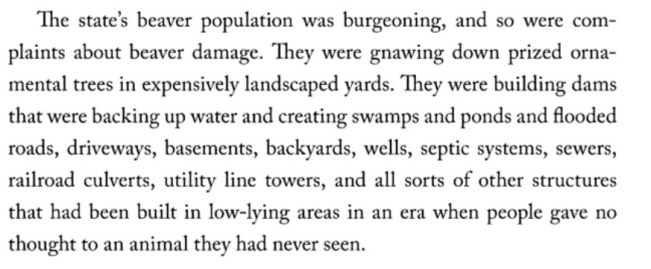I was texting my family this morning with clips from our trail cams, showing them the fox and the raccoon that visited overnight. My sister replied, “Foxy came through our yard this morning too! Scared Flash!” Flash is her cat. I joked back that she has as much wildlife in her suburban Maryland yard as I do on my five acres of wooded lakefront fifteen miles from town.
“We have 7 deer in the back yard. Good grief.” – Megan, Rockville, MD
And that seems true for everyone I know who lives in the suburbs — from a relatively quiet wooded neighborhood in New Jersey to busy communities just outside the Washington Beltway. Over the years, friends and family have shared photos and video of deer casually hopping their fences and resting in their yards; fawns left in the shelter of garden shrubbery; a blue heron fishing for goldfish in a decorative pond; a raccoon on the back step; hawks perched on fences and garden sheds; and all manner of other animals from woodchucks to woodpeckers.
“The deer family keeps trying to walk around our back fence to the other side, then the dogs go chasing them back again from this side of the fence. I could bring the dogs in, but the deer will have to figure it out.” – Hilary, Medford, NJ
In a world where so many species have, and still are, being driven to extinction and extirpation, there’s something to admire about urban wildlife. These are the animals that don’t just tolerate our presence, they take advantage of it. They graze on our cultivated lawns and gardens, roost in our attics, fish in our ponds, and knock over our trash bins.
“I carefully caught each baby separately by draping a towel over her/him and then picking the bundle up (wearing thick winter gloves) and popped him/her into my cat carrying case. The last place I saw the mother raccoon was on one of the side entrances to my neighbour’s backyard. I brought each baby over and released him/her in the same shady hiding area.” – Lori, Brampton, ON
Some people embrace this sharing of habitat, but many find our coexistence with urban wildlife uneasy, if not downright troublesome or dangerous. When bears winter under the porch, coyotes leave the remains of their kill in a neighborhood playground, and Canada geese leave their slimy droppings all over the beach and golf course, people quickly lose their tolerance.
“Oh, the fox came and gobbled up our chicken. Rooster is still there, but I feel his days are numbered. The chicken was huge so he may have filled up for a few days.” – Alison, Beltsville, MD
And frankly, as much as I love seeing nature in all its forms, I don’t blame people for worrying. Urban animals can be bold and unapologetic when it comes to taking what they want and indeed, some can be dangerous to children, house pets, and even adults— not just physically but through the spread of disease.
In science, conservation, and nature-writing circles, there has been lots of conversation around our relationship with urban wildlife. I’ve even written about it myself. It’s actually one of my favourite topics so I have a pretty good collection of books on the subject.
This week, I’d like to share some excerpts from some of my favourites to illustrate our mixed feelings about our wild neighbours and to give you a sense of how urban wildlife is being considered by naturalists, scientists, and writers.
The Way of the Coyote: Shared Journeys in the Urban Wilds, Gavin Van Horn
The Urban Bestiary, Lyanda Lynn Haupt
Welcome to Subirdia: Sharing Our Neighborhoods with Wrens, Robins, Woodpeckers, and Other Wildlife, John M. Marzluff
Nature Wars: The Incredible Story of How Wildlife Comebacks Turned Backyards into Battlegrounds, Jim Sterba
Field Notes from a Hidden City: An Urban Nature Diary, Esther Woolfson






















Recent Comments